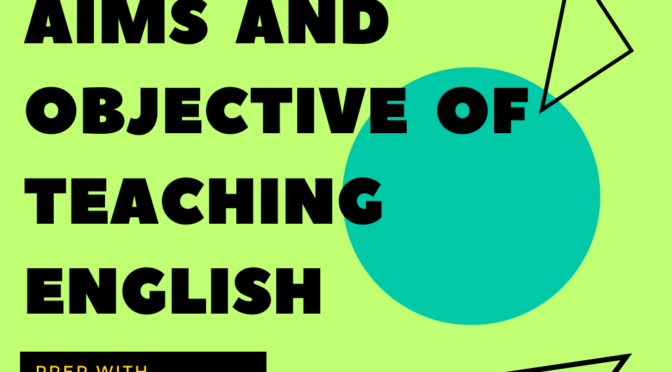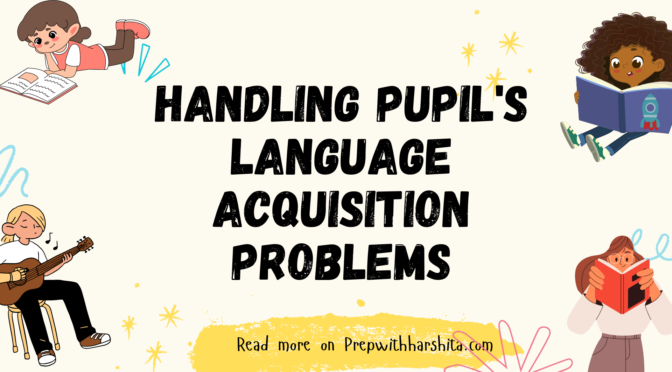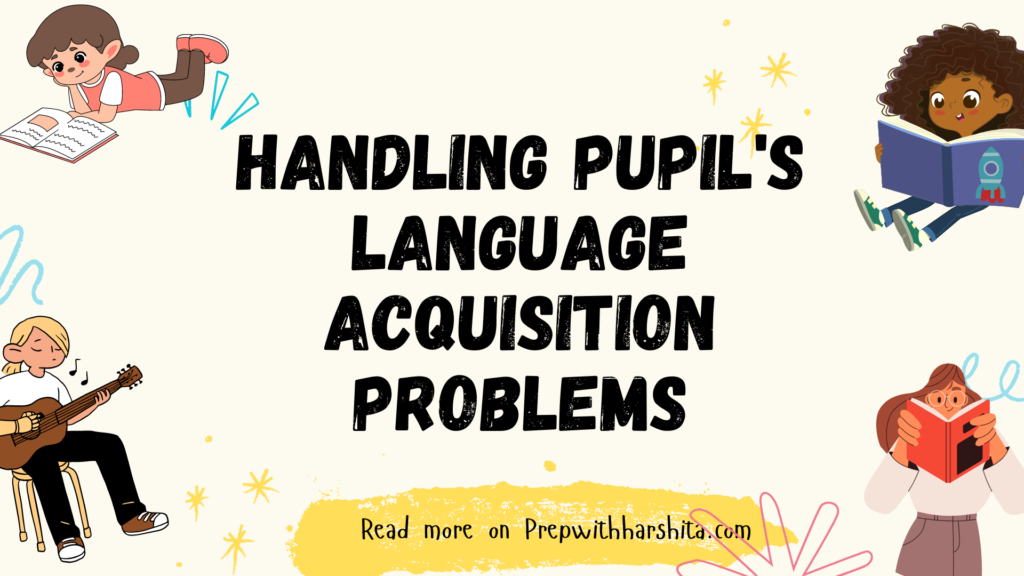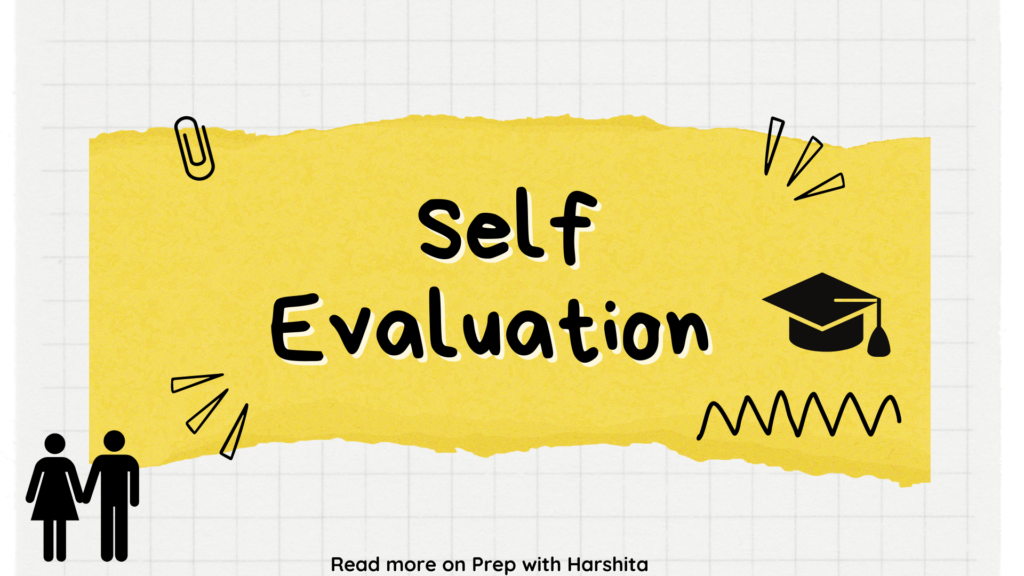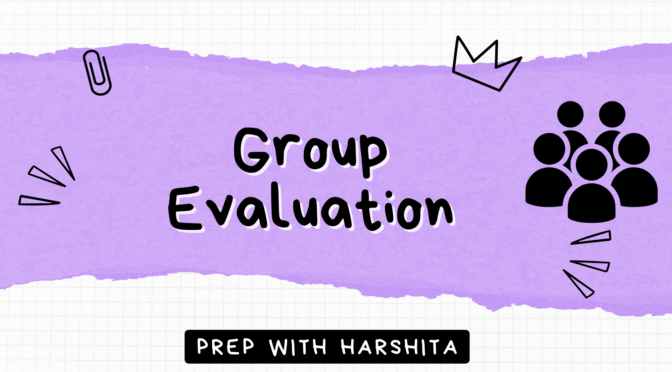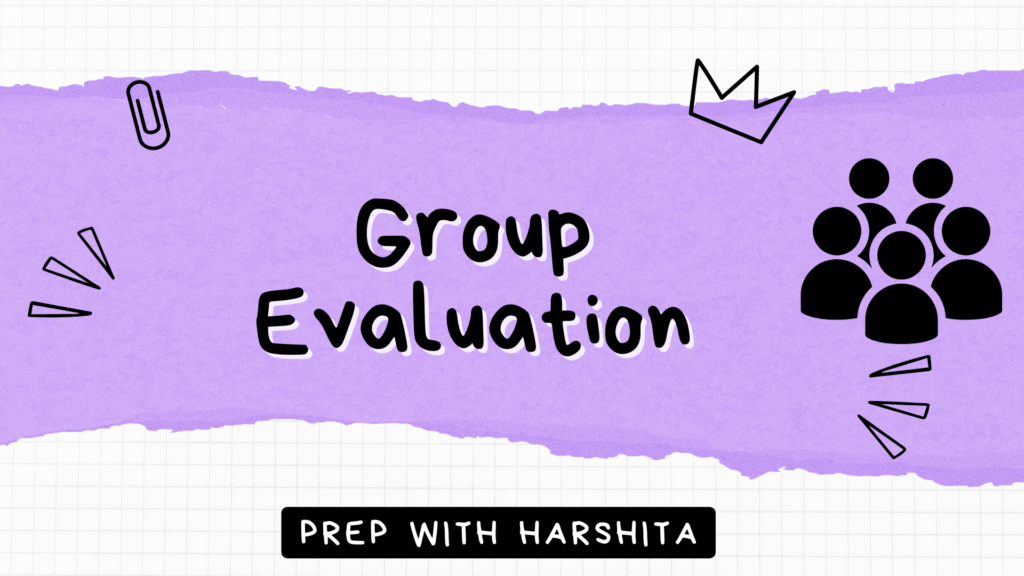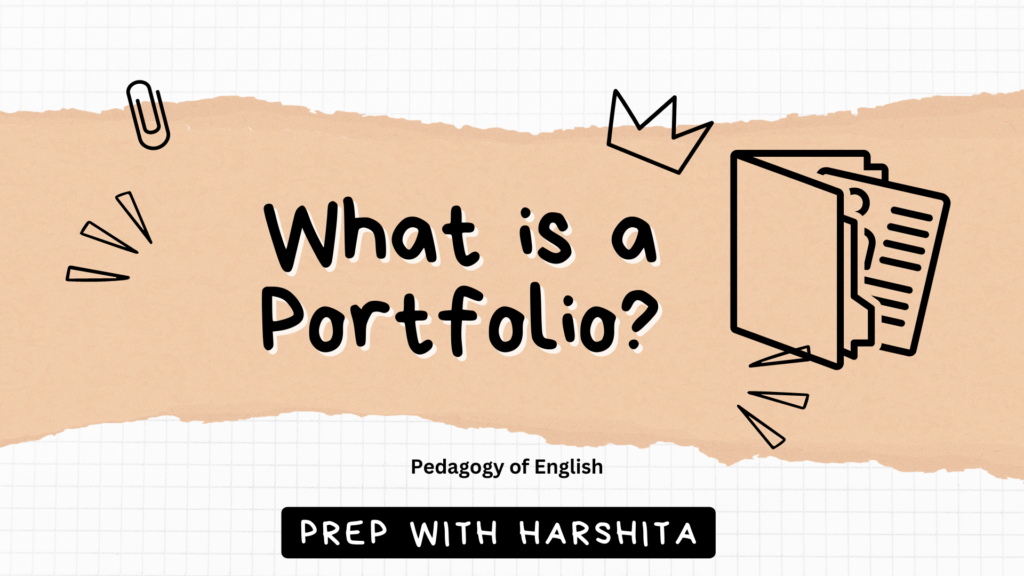The aims and objectives of teaching English vary depending on various factors such as the educational level, curriculum guidelines, and specific learning goals.
Some common aims and objectives of teaching English include the following:
- Developing Proficiency in Language Skills:
- Objective: To develop students’ proficiency in the four language skills: listening, speaking, reading, and writing.
- Aim: To enable students to effectively communicate in English, understand spoken and written texts, and express their thoughts and ideas accurately.
- Enhancing Language Competence:
- Objective: To enhance students’ knowledge of grammar, vocabulary, and sentence structures.
- Aim: To enable students to use the English language correctly and appropriately in various contexts, demonstrating a solid understanding of language rules and structures.
- Promoting Critical Thinking and Analysis:
- Objective: To encourage students to think critically, analyze texts, and express their opinions.
- Aim: To develop students’ ability to evaluate and interpret information in English, engage in thoughtful discussions, and express their viewpoints with clarity and coherence.
- Fostering Cultural Awareness:
- Objective: To expose students to different cultures, traditions, and perspectives through English language learning.
- Aim: To help students appreciate and respect cultural diversity, develop intercultural competence, and become global citizens who can effectively communicate and interact in multicultural settings.
- Encouraging Creative Expression:
- Objective: To stimulate students’ creativity and imagination in English language usage.
- Aim: To enable students to express themselves creatively through various forms of writing, such as stories, poems, essays, and presentations, fostering their linguistic and artistic abilities.
- Building Language Learning Strategies:
- Objective: To equip students with effective strategies and techniques for language learning and self-improvement.
- Aim: To develop students’ autonomy and metacognitive skills, enabling them to become independent language learners who can set goals, manage their learning, and utilize appropriate resources.
- Integrating Digital Literacy:
- Objective: To incorporate digital tools and resources in English language instruction.
- Aim: To familiarize students with digital literacy skills, such as navigating online platforms, evaluating digital sources, and using technology for language learning, communication, and creativity.
It’s important to adapt the aims and objectives based on the learners’ age, proficiency level, and specific educational context to ensure effective English language instruction and cater to their unique needs and goals.
Also Read: Cloze Test
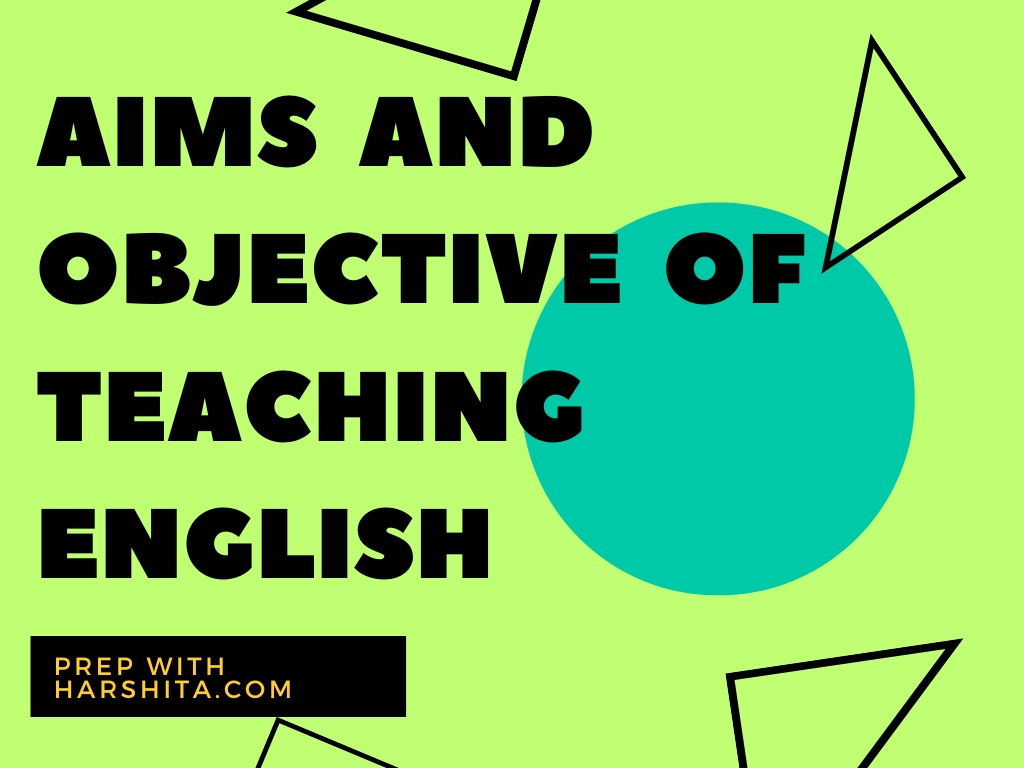
Also Visit: Prep with Harshita

